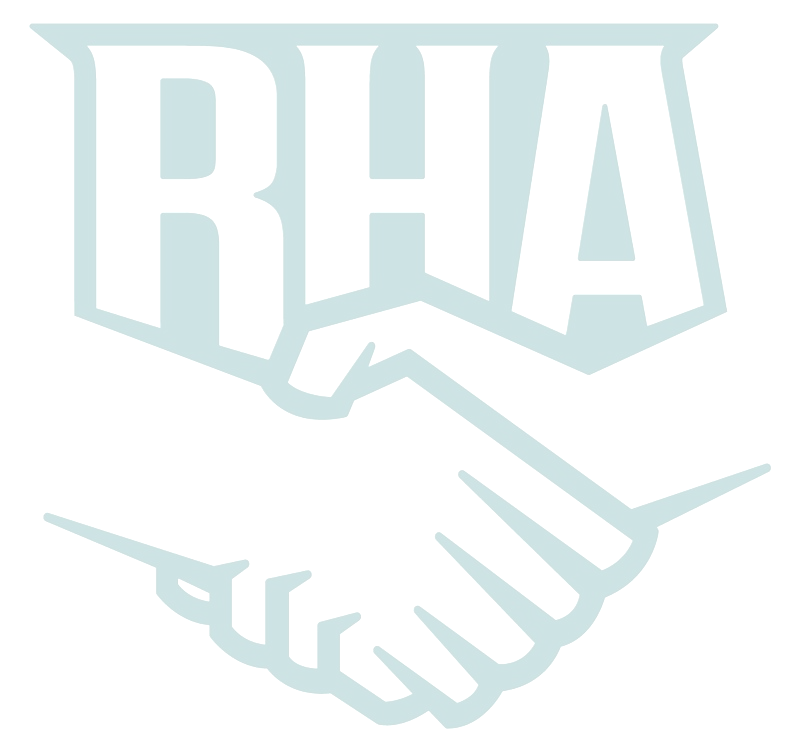Risk Analysis
Risk for Value Engineering
Risk analysis has been a highly underrated project element. Many challenges that occur during the construction phase could have been eliminated or reduced by doing a formal risk analysis during, at a minimum, the design phase. It can also provide an approach for a design team to better analyze and understand scope and risks associated with the scope.
RHA has integrated a risk analysis as part of each VE study, as appropriate. We have had great success in using this as a tool to better manage project risks during the planning and design phase.
A risk analysis can be a small, focused effort or a much larger task to undertake. This depends on the complexity and the needs of the project. Risk analysis can provide the team with an opportunity to first identify various risks and then establish a plan to evaluate and categorize the risks. We often combine an assessment with our formal VE studies. The team works with the owner and the design team during the information phase of the study to ensure a well-rounded understanding and discussion of project risks. During the creative phase of the VE workshop, in the brainstorming session, we will readdress the identified risks to provide opportunities and ideas for addressing the risk as determined by the team.
Risk Analysis Program
The project risk assessment process is a tool to help program managers and project teams make informed decisions regarding alternative approaches to achieving project objectives and the relative risk involved in each. Integrating risk on a project increases the likelihood of success in meeting or exceeding the most important objectives (e.g. time) sometimes at the expense of other objectives (e.g. cost). Project risk assessments encourage the project team to take appropriate measures to:
Avoid and/or minimize adverse impacts to project scope, cost, safety and schedule.
Maximize opportunities to improve the project’s objectives with lower cost, shorter schedules, enhanced scope and higher quality.
Avoid and/or minimize management by crisis.
This is a focused effort to discover and act on risks and opportunities that can affect a project’s scope, schedule, budget or quality early in the project and continuously throughout the project life cycle. RHA uses the risk assessment during the design process to establish and initial analysis and then during the construction process to update a look for mitigation opportunities to reduce impact and potential costs. Completing this process generates proactive approaches and actions to take advantage of opportunities and eliminate and/or reduce the negative impact of a risk as well as taking advantage of opportunities that can improve the outcome of a project. A formal risk assessment plan helps to remove any conservatism or optimism in all identified uncertainties within the project scope. Implementing project risk assessment principles and strategies allows the CMAR team to have an organizational culture that focuses on discovering, eliminating and reducing risks to enable higher performance and increased value.



